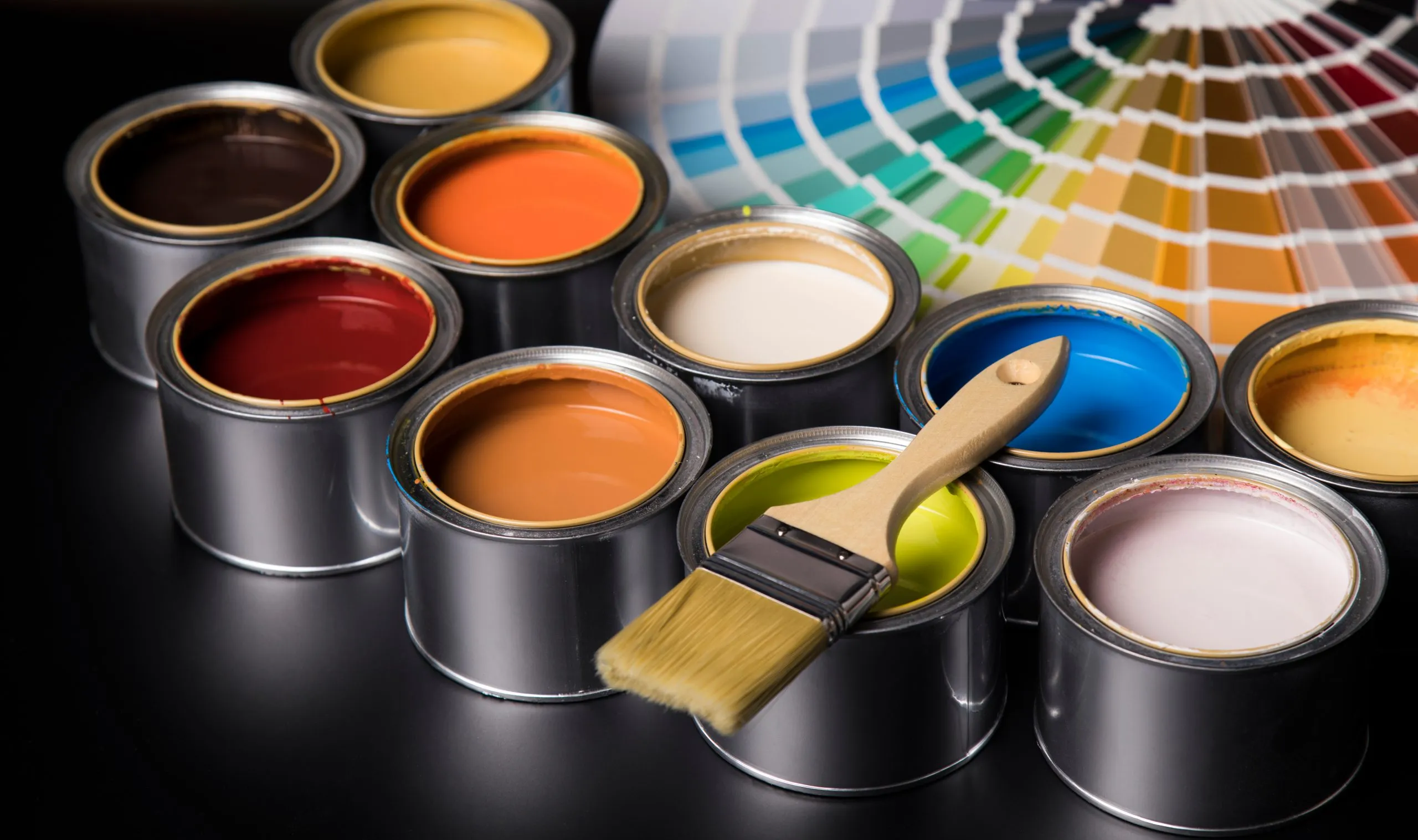Choosing the right resin is key to creating durable, reliable products. This guide covers the essential factors to consider, including heat, impact, and chemical resistance, to help you match resin properties to your project’s needs and ensure optimal performance.
Understanding Resin Properties
Before diving into specific selection criteria, it’s essential to understand what heat, impact, and chemical resistance mean in practical terms.
Heat resistance refers to a material’s ability to maintain its structural integrity and mechanical properties when exposed to elevated temperatures. This property is typically measured by the glass transition temperature (Tg) or heat deflection temperature (HDT).
Impact resistance measures how well a material can absorb energy during sudden force or shock without fracturing. This characteristic is crucial for applications where the material may experience drops, collisions, or dynamic loading.
Chemical resistance indicates how well a resin can withstand exposure to various chemicals, solvents, acids, and bases without degrading, swelling, or losing its properties.
Evaluating Heat Resistance Requirements
Heat resistance should be your first consideration when selecting a resin, as thermal exposure can quickly compromise material performance.
Continuous vs. Intermittent Exposure
Determine whether your application will face continuous heat exposure or occasional temperature spikes. Continuous exposure requires materials with higher sustained temperature ratings, while intermittent exposure may allow for materials with lower continuous ratings but higher short-term temperature capabilities.
Temperature Ranges and Material Options
For low-temperature applications (up to 100°F/38°C), standard resins like polyethylene or polypropylene often suffice. These materials offer good chemical resistance and impact properties at moderate temperatures.
Mid-range temperature applications (100-200°F/38-93°C) typically require engineering plastics such as ABS, polycarbonate, or nylon. These materials maintain their strength and dimensional stability across broader temperature ranges.
High-temperature applications (above 200°F/93°C) demand specialized resins like PEEK, PPS, or fluoropolymers. While more expensive, these materials can withstand extreme temperatures while maintaining their mechanical properties.
Testing Heat Resistance
Always verify heat resistance through standardized testing methods like ASTM D648 for heat deflection temperature or ASTM D3418 for glass transition temperature. These tests provide reliable data for comparing different resin options.
Assessing Impact Resistance Needs
Impact resistance varies significantly among resin types and directly affects product durability and safety.
Types of Impact Loading
Consider the nature of impact your application will encounter. Low-velocity impacts from handling or installation require different material properties than high-velocity impacts from projectiles or machinery.
Repeated impact loading, such as vibration or cyclic stress, demands materials with excellent fatigue resistance in addition to high impact strength.
Material Selection for Impact Resistance
Thermoplastic materials generally offer superior impact resistance compared to thermosets. Polycarbonate, for example, provides exceptional impact strength while maintaining good optical clarity.
Rubber-modified resins combine the impact resistance of elastomers with the structural properties of rigid plastics. ABS (acrylonitrile butadiene styrene) exemplifies this approach, offering balanced impact resistance and processability.
For extreme impact applications, consider specialized materials like ultra-high molecular weight polyethylene (UHMWPE) or impact-modified nylons, which can be utilized effectively through custom injection molding.
Temperature Effects on Impact Resistance
Remember that impact resistance typically decreases at lower temperatures. If your application faces both cold temperatures and impact loading, select materials specifically formulated for low-temperature toughness.
Determining Chemical Resistance Requirements
Chemical compatibility can be the most complex factor to evaluate, as it involves multiple variables including concentration, temperature, and exposure time.
Identifying Chemical Exposures
Create a comprehensive list of all chemicals your resin will encounter, including cleaning agents, process chemicals, environmental contaminants, and sterilization media. Don’t forget about secondary exposures that might occur during maintenance or emergency situations.
Chemical Resistance Categories
Resins exhibit varying resistance to different chemical families. Fluoropolymers like PTFE offer broad chemical resistance but may be expensive and difficult to process. Polyethylene provides excellent resistance to acids and bases but may not withstand organic solvents.
For applications requiring resistance to specific chemical families, consider specialized materials. Polypropylene excels with acids and bases, while materials like PPS resist most organic solvents.
Environmental Stress Cracking
Some chemicals cause environmental stress cracking (ESC) even in resistant materials. This phenomenon occurs when chemical exposure combines with mechanical stress to create crack propagation. Select materials with good ESC resistance for applications involving both chemical exposure and mechanical loading.
Balancing Multiple Requirements
Real-world applications rarely require optimization for just one property. Success often depends on finding the right balance among heat, impact, and chemical resistance.
Property Trade-offs
Increasing one property often requires compromising others. High-temperature resins may become brittle at room temperature, while impact-modified materials might have reduced heat resistance.
Glass-filled resins improve heat resistance and stiffness but typically reduce impact strength. Understanding these relationships helps guide material selection decisions.
Composite Approaches
Consider composite materials or multi-layer constructions when single resins cannot meet all requirements. A chemically resistant liner with a structural backing layer can provide both chemical compatibility and mechanical strength.
Cost Considerations
Higher-performance resins command premium prices. Evaluate whether your application truly requires maximum performance in all areas or if targeted optimization can reduce costs while meeting performance requirements.
Testing and Validation
Laboratory testing cannot fully replicate real-world conditions, but standardized tests provide valuable comparison data.
Conduct accelerated aging tests that combine heat, chemical exposure, and mechanical stress to predict long-term performance. These multi-factor tests often reveal compatibility issues not apparent in single-property evaluations.
Consider prototype testing under actual operating conditions whenever possible. Real-world validation provides confidence that laboratory testing accurately predicts field performance.
Conclusion
Choosing the right resin involves assessing heat, impact, and chemical resistance needs while balancing performance, cost, and processing requirements. Define your application’s conditions, evaluate materials systematically, and test thoroughly.
Stay in touch to get more updates & alerts on Baddieshub! Thank you




